Cats are known for their mysterious and independent nature, capturing the hearts of millions worldwide. However, when it comes to social behavior, not all cats are created equal. Some cats are incredibly friendly and enjoy interacting with humans and other animals, while others prefer solitude. Understanding why some cats are more social than others involves exploring a combination of genetics, upbringing, and environmental factors. This article delves into these various elements, providing insights into feline behavior for cat owners and enthusiasts alike.
Genetic Predispositions

Cats, like all animals, inherit traits from their parents. Certain breeds are inherently more sociable than others due to selective breeding. For instance, breeds like the Ragdoll and Siamese are known for their affectionate nature, often seeking out human companionship more than breeds such as the more reserved Russian Blue. Genetic predispositions can shape a cat’s baseline level of social interaction early in their life.
Role of Early Socialization
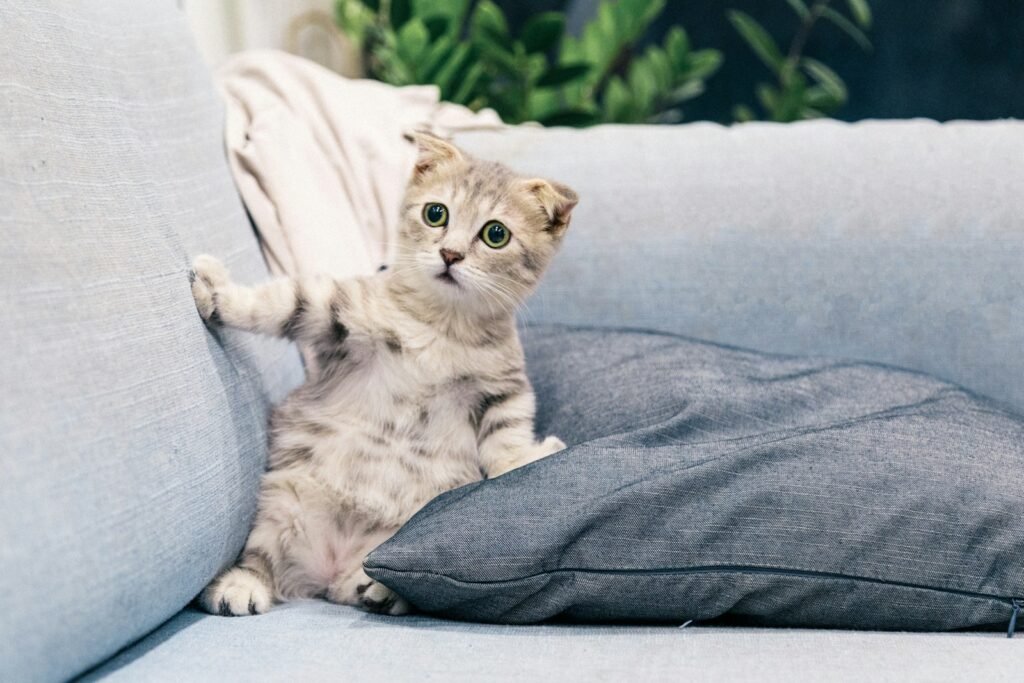
The first few weeks of a kitten’s life are crucial. During the socialization period, which lasts roughly from two to eight weeks of age, kittens learn what to make of the world around them. Those exposed to a variety of stimuli, such as different people, animals, and environments, typically grow into more adaptable and sociable adults. A lack of positive interactions during this critical window can contribute to shyness or aggression.
Impact of Mother Cat’s Behavior
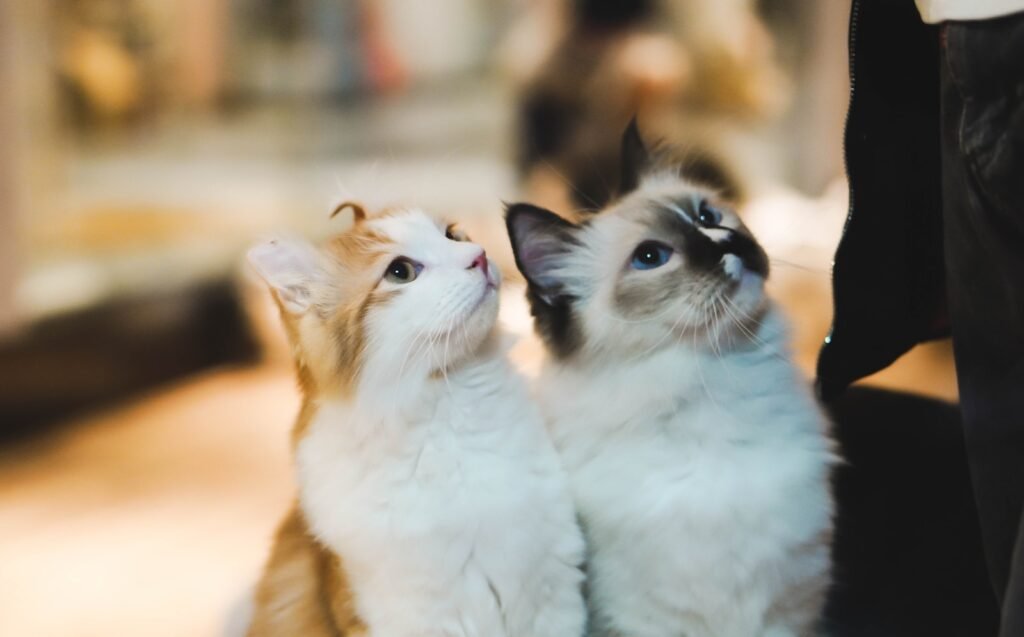
The mother cat’s behavior can significantly influence a kitten’s social demeanor. Kittens often mimic their mother’s responses to humans and other animals. A calm and friendly mother cat will likely raise kittens that are more confident and open to social interactions, whereas a stressed or fearful mother may pass on these traits to her offspring.
Human Interaction and Handling

Regular, gentle handling by humans from an early age can acclimate cats to human presence, making them more comfortable and social as they mature. Cats that are frequently handled and petted by various people tend to show reduced fear and increased sociability compared to those with minimal human contact.
Environmental Influence

The environment a cat grows up in and currently resides in significantly affects their social disposition. Cats living in a quiet, predictable environment might be less social due to a lack of stimulus, while those in environments rich with interaction and activities are often more engaged and friendly.
Sustained Socialization Practices
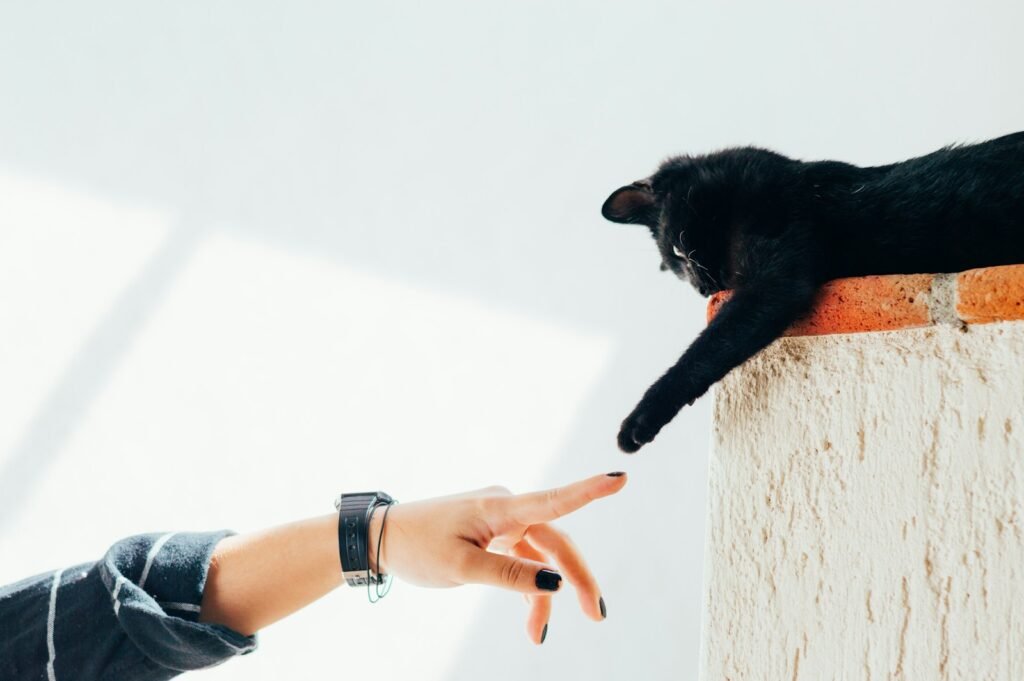
Social behavior is not set in stone. With time and effort, even an adult cat can become more social. Sustained socialization practices can help timid cats open up over time. Patience, gentle coaxing, and rewarding positive social interactions can gradually alter a cat’s behavior.
Individual Personality Traits

Each cat has a unique personality that contributes to their level of sociability. Just like humans, some cats tend to be extroverted, seeking out interaction, while others might be more introverted, preferring to observe their surroundings from a safe distance. Personal preferences in cats can often be misinterpreted as social or antisocial behavior.
Influence of Past Experiences
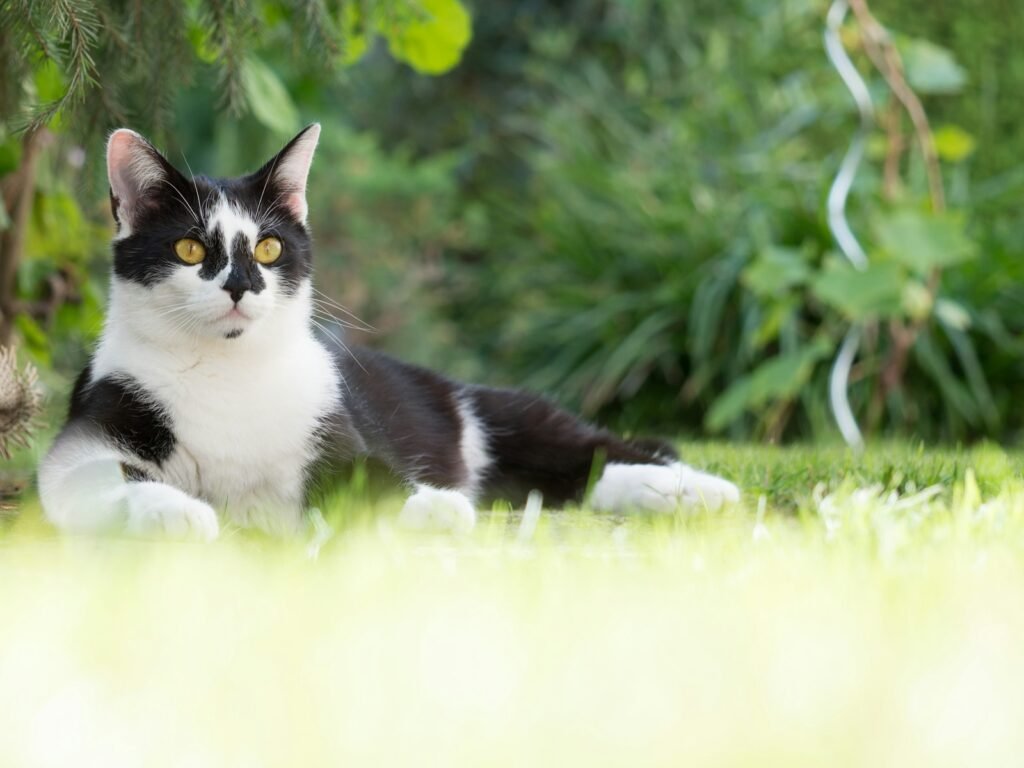
Cats, like any other animal, carry the shadows of their past experiences. A cat that experienced trauma or abuse might be wary of human interaction, while a cat with a history of positive experiences is likely to be more trusting and open. Understanding a cat’s past can help owners to be more empathetic and supportive in their social development.
Health and Well-being
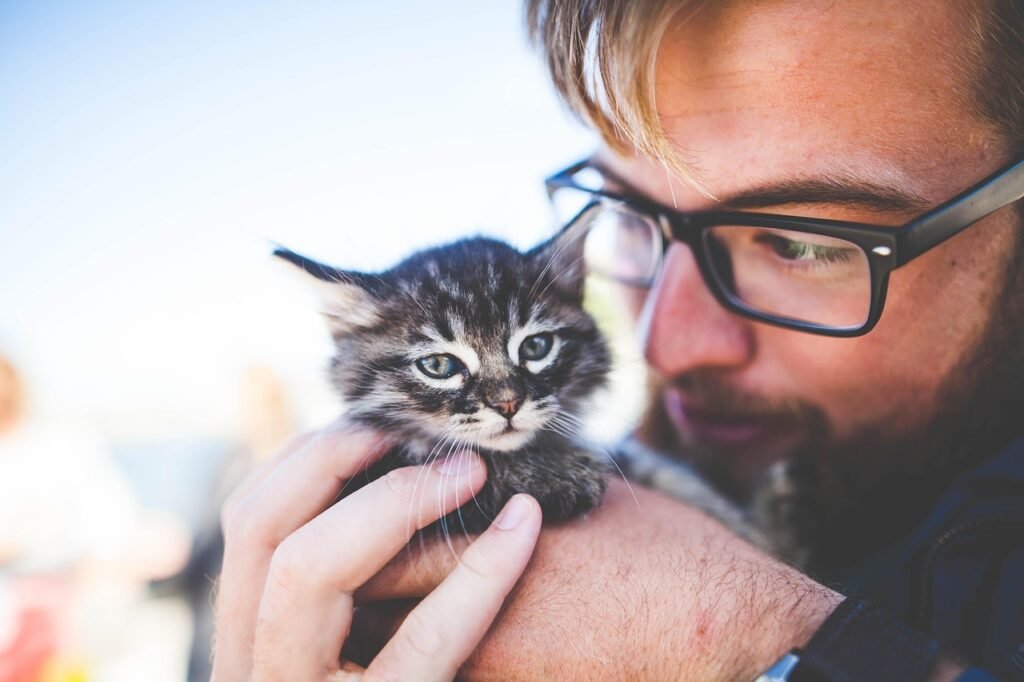
A cat’s physical health can greatly affect its social behavior. Pain, illness, or discomfort can make a typically affectionate cat withdraw or exhibit reduced interest in socializing. Regular veterinary care and attention to a cat’s health can ensure they maintain their usual level of sociability.
Conclusion
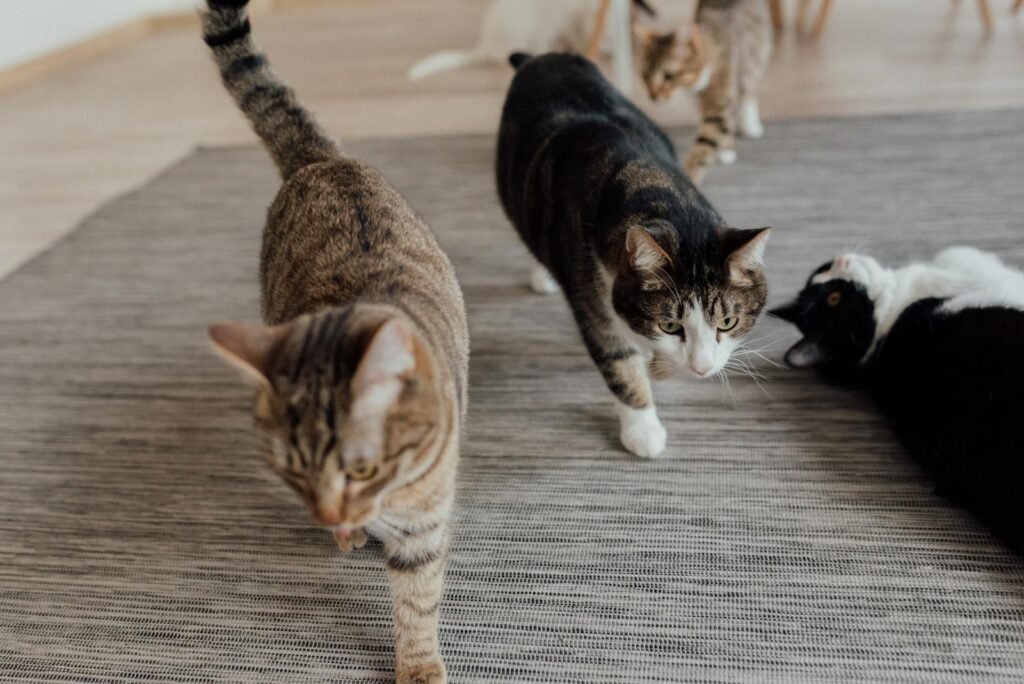
The reasons why some cats are more social than others are as varied and complex as the animals themselves. Factors such as genetics, early experiences, environment, individual temperament, and health all contribute to shaping a cat’s sociability. By understanding these elements, cat owners can better appreciate their pet’s behaviors and make informed decisions to nurture more positive interactions.

Growing up traveling and experiencing new cultures and wonders, I have had a passion for nature, adventuring, photography, and videography. I am currently working towards a BSc in Biodiversity and Ecology at Stellenbosch University, and I hope to specialise in Marine Sciences one day.
Please send any feedback to Feedback@animalsaroundtheglobe.com






